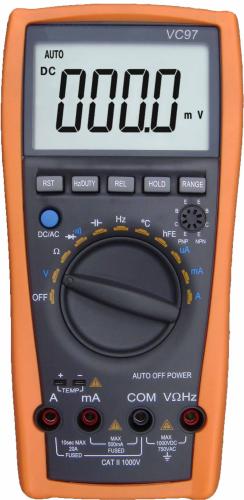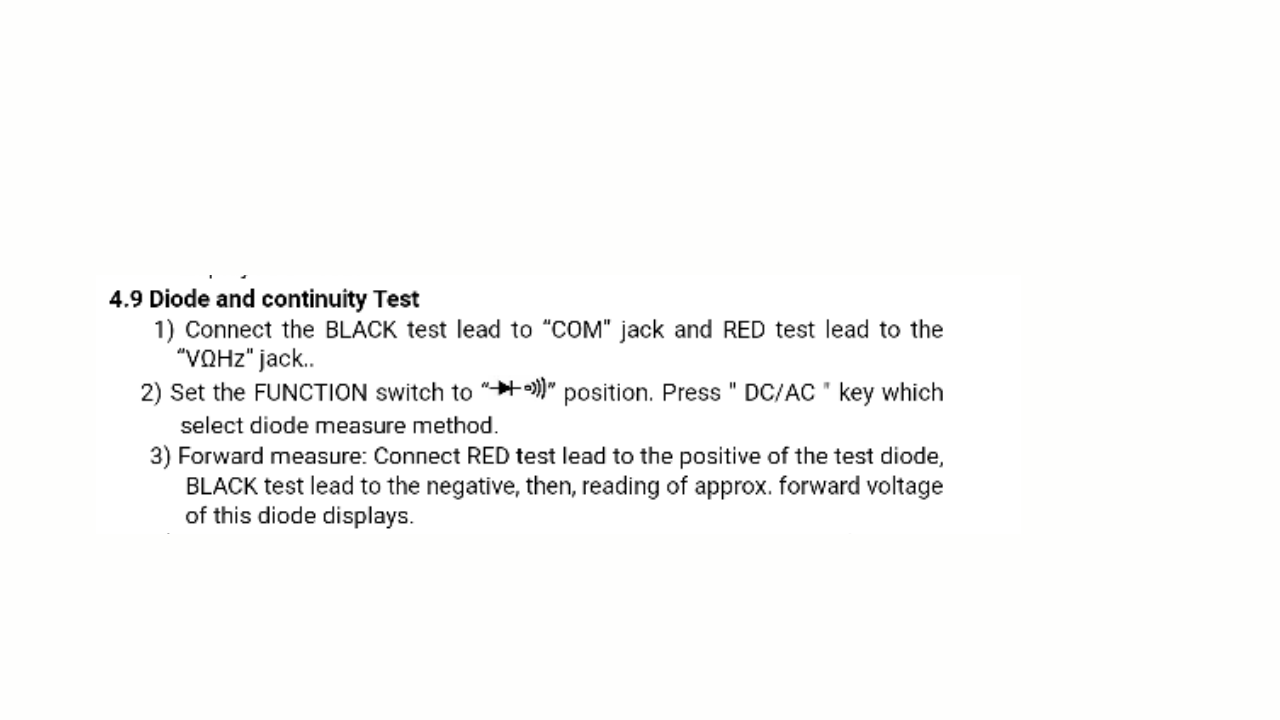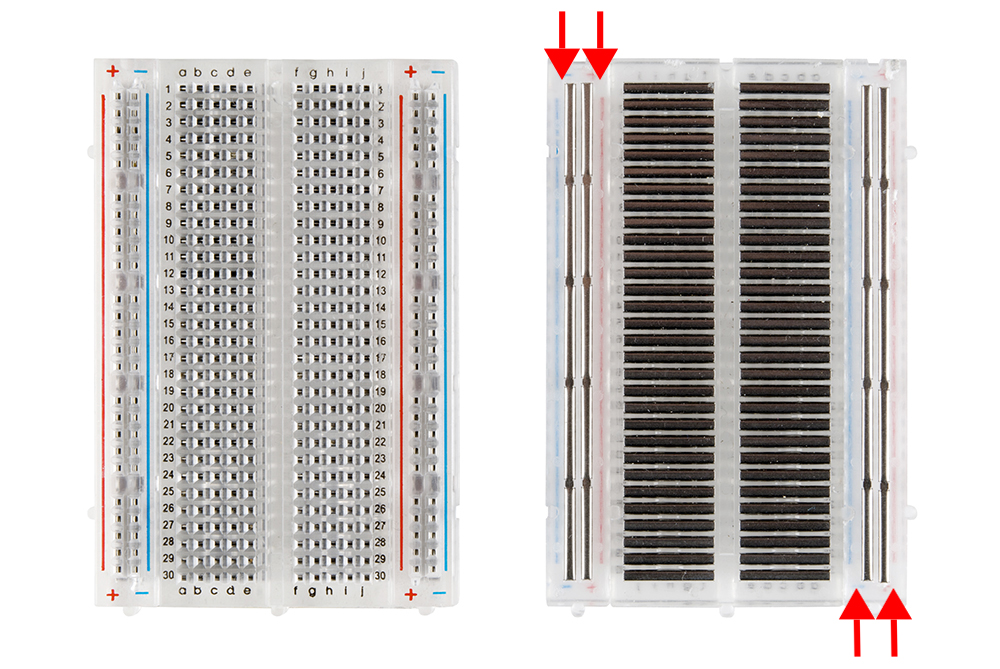Building and debugging autowah : why is it so difficult ?
12















12
Building and debugging autowah : why is it so difficult ?
|
Hi,
I've already built a few fx pedals but I still consider myself as a noob in DIY electronic... There's a question I want to ask : why it seems so difficult to build and debug autowah circuits ? I've built Seamoon funkmachine V2 (with and without blend versions, and even built it twice), Danelectro french fries, Agent 00funk and just finished today Nurse Quacky. Beleive me or not none of them worked. At all. Even with all my effort to try to debug them. I've successfully built several other pedal including large layout full of pots and switches (Echobender, Glam Chorus,Cave dweller, TS808, Prunes & Custard...). They almost all worked at first try. And if not I've successfully debugged them in a few hours. But autowah is different. I'd love to understand why.... and if there is tips and tricks I don't know to build them ? |
|
Hey Eve I made the Seamoon and a Lovetone Meatball recently. Neither worked first time. Both have 1458 IC's which did not work at all. I substituted them for NE5532 and they almost worked but not quite. My 1458's were cheap from China and none of them work (they are all going in the bin when I get home tonight!!) I brought some legitimate stock from Rapid and both circuits work totally fine. I guess that they are very sensitive to the IC you use, quite a lot are based around the Mutron III so it's not surprising that you are having trouble with multiple builds |
Re: Building and debugging autowah : why is it so difficult ?
|
Interesting !
But the french fries use a 4558 and I try the one that one that works perfectly in my TS808... The seamoon use a 1458, but the one I put in came frome Tayda : I guess it's a trusty seller. I want to try the Mutron III, but I'm a afraid it's a step above other autowah in difficulty, isn't it ? But I defintely keep the advice : only use quality IC (not from chinese ebay seller). Which version of the Seamoon did you build ? I can give it another try with quality IC... And where did you find a vero layout for the Lovetone Meatball ? |
|
I built the seamoon layout with the buffered blend. I've also heard that some of the IC's from Tayda can be a little suspect. There is a vero layout for the Meatball on the Sabrotone website, but the off board wiring is quite a challenge. |
Re: Building and debugging autowah : why is it so difficult ?
|
Wow !! 6 pots and 4 rotary switches ! This is not for me...
About the Nurse Quacky : could you explain me how to match LED ? |
|
You need a transistor tester like a DCA55. You need to match the LEDs so they have the same forward voltage. There might be another way to do it that I'm not aware of |
Re: Building and debugging autowah : why is it so difficult ?
|
I have this one :
 Can I test LED forward voltage with it ? Could you tell me how to do that step by step ? |
Re: Building and debugging autowah : why is it so difficult ?
 Do you breadboard? I'd certainly advise it for something like an autowah which can be picky about parts (e.g. i know the Meatball likes 1458 for the envelope section). I'm not suggesting parts are an issue that explains all your build failures, but breadboarding is way quicker than soldering a board together, and you can quickly confirm whether or not the parts you have will work without committing them to solder. |
Re: Building and debugging autowah : why is it so difficult ?
|
Is it a piece of the user's manual ? I'm ashamed... It should be in a drawer in the office...
 Thanks ! I see what is a breadboard but I still can't figure how it works. I have to read an how to on the web. Which size is best for this purpose ? |
Re: Building and debugging autowah : why is it so difficult ?
|
This post was updated on .
 Most breadboards are like the one in the image, separate rows of five holes with a common connection, a central space (so ICs can straddle the gap) and common power rails running down either side. The main difference between them is the length - The one in the picture is somewhat short, I'd go for a longer one (I think I tend to get the 83 row ones) since it gives you more space to spread things out, and once you have more than two chips in a circuit, it can eat up space quite quickly. Gaussmarkov and many others have produced breadboard tutorials so show you how to get started, and there is even a website that posts actual breadboard layouts like this place hosts vero layouts. In some ways this seems to defeat the "learning experience" purpose of the breadboard, but will give you an idea of how they work. The key idea with breadboarding is just to follow the schematic: Start with the input cap at the left hand end of the board and lay out the parts making all the connections shown: Solid core wire can be snipped into inch long lengths to take a connection from a component to the +9v or ground rails that run the length of the board, longer wires can jump between sections of the circuit. It helps to have a bypass and power connection box hardwired to the board so you don't have a delicate tangle of thin wires carrying the guitar signal and power to and from the board: I have an old mis-drilled enclosure that I glued to a thin wooden crate lid alongside my breadboard: It has an in+out jack with a 3PDT to bypass the breadboard, and a DC jack that plugs into my daisychain alongside all my other pedals and supplies the breadboard with power. I also made some "modular switch boxes" which are just tiny plastic snap-top boxes with toggle switches mounted inside with solid core wire trailing from the lugs that can be positioned alongside the breadboard so I can quickly rig up a switch to part of a circuit in a fairly robust manner.  |
Re: Building and debugging autowah : why is it so difficult ?
|
Many thanks for all the explanations. It's really helpful.
I think I'll get a breadboard and try all my autowah projects again, from schematics... |
Re: Building and debugging autowah : why is it so difficult ?
|
In reply to this post by eve-the-frog
I would advise against the Mutron III (two batteries, and you have to rig up a weird custom dual vactrol), but the Meatball is totally do-able: I used Harold Sabro's layout with the rotary switches swapped for toggles. One thing to be careful about is the attack, decay and sensitivty controls - I spent a LOT of time convinced it wasn't working on the breadboard, but in fact the envelope section will only trigger the sweep if the attack is set higher than the decay: If I built it again, I might be tempted to do away with these controls, or at least the attack (I just set it to maximum on my pedal and leave it there). I had the same thing happen to me with the Snow White Autowah I built on a pcb in the days before I started breadboarding circuits before building them. If the sensitivity is not set high enough, it will not trigger so sounds like it's not working; If set too high, the filter is permanently "swept upwards" so also sounds like it's not working! You need to be playing the guitar and constantly tweaking the controls to find the sensitivity level that will trigger the sweep with the level your guitar outputs (also a function of how hard you pluck). |
Re: Building and debugging autowah : why is it so difficult ?
Oh that's good to know... I was having weird issues with my SWAH build as well that sounds just like this... 
Through all the worry and pain we move on
|
|
In reply to this post by PMowdes
If its rare parts you really can't trust anything sold from China. When I see that the seller is from China I don't bother any more. That market is absolutely glutted with fakes and crap parts. I got a few envelope filter builds as well that don't work right. But my absolute nemesis when it comes to failed builds are flangers. All my flanger builds either don't work right or are dodgy. I've never really been able to replace my Boss BF-2 with a flanger build. |
I've been tempted to build the Lovetone Flanger with no name, got a build document for reference. |
Re: Building and debugging autowah : why is it so difficult ?
|
In reply to this post by nocentelli
The two batteries does not appear to be a problem as I plan to build the 7660S power circuit included on the layout too. I don't know what is a custom dual vactrol, but I guess it is the strange part of the circuit with two LEDs and an LDR, right ? I'll probably socket all these components to experiment different things. About the meatball : I didn't find how to swap rotaries for toggles. Do you know a site that have a good (for newbie) "how-to" ? What is VTL1 and VTL2, what is an optocoupler and where can I find one that works on this pedal (which one did you use) ? If you have answers (I can understand ;) to these questions I'll probably give a go to the Meatball. Otherwise, the Mutron still appear easier to build and wire to me. Probably because I do not have any questions about this build : all is on the layout and in the comments. |
Re: Building and debugging autowah : why is it so difficult ?
|
In reply to this post by nocentelli
It works with diodes but not with LED  Another way to do it ? |
Re: Building and debugging autowah : why is it so difficult ?
|
In reply to this post by eve-the-frog
I posted the switches in the Meatball thread below this one in the Open chat forum:  An optocoupler AKA vactrol is a device made from two components, an LED and an LDR, with the LED facing the LDR, usually encased. The LED can be connected so a varying current can drive it to produce varying levels of brightness, which the LDR converts into a varying resistance. In the Meatball and Mutron III from which it is derived, the envelope detector converts the guitar signal into a DC voltage which drives the LEDs, and the LDRs respond by adjusting the gain of the LP/BP/HP filter: As the guitar signal varies, the filter sweeps. There are variations of vactrols/optocouplers with different numbers of each part, but the Meatball works fine with a green LED facing a 1M-in-the-dark, 10k fully illuminated LDR. You will need two of these paired devices, one for each of the opamp filter stages. The two components can be heatshrinked together to form a sturdy single component, and there are plenty of tutorials around if you need further assistance. |
Re: Building and debugging autowah : why is it so difficult ?
|
In reply to this post by eve-the-frog
A lot of multimeters have maximum forward voltage (Vf) for the diode test circuit, and an LED has a comparatively high Vf so many meters won't read anything for it. Mine doesn't either, sadly.
Through all the worry and pain we move on
|
Re: Building and debugging autowah : why is it so difficult ?
|
Many thanks to all for the tips and advices.
Today I put a fresh MC1458 (LM1458 clone ?) I received in my Seamoon Funk Machine... and it works ! The sound is not exactly as clean as I wish, but I have a strong wah effect. Thanks nocentelli for the switches wiring diagram : it's clear ! Another last question, and I stop bothering you : a vectrol seems to have 4 lugs (2 for the LED, and two for the LDR) but Sabro's layout only show a 2 lugs component. What is the trick ? |
«
Return to Open Chat
|
1 view|%1 views
| Free forum by Nabble | Edit this page |



